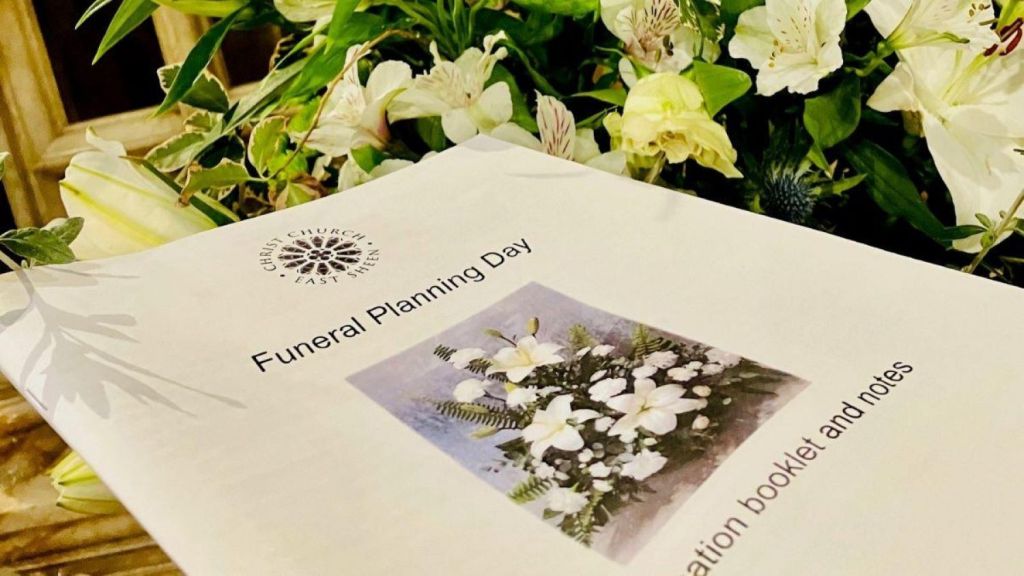Planning a funeral is never easy. It’s a time filled with grief and emotions, yet important decisions need to be made quickly. Whether arranging a ser
Planning a funeral is never easy. It’s a time filled with grief and emotions, yet important decisions need to be made quickly. Whether arranging a service for a loved one or pre-planning your own, taking it step by step can ease the process and reduce stress. This guide will walk you through each stage of funeral planning with empathy and clear guidance to help you make informed choices during a trying time.
Choose a Funeral Home
The first step in funeral planning is finding the right funeral home. A funeral director will serve as your guide and help you through every aspect of the process, from transporting the deceased to helping organize the service. Start by researching local funeral homes, reading reviews, and checking what services they provide. Visit in person, if possible, to understand how compassionate and accommodating their staff is. This personal interaction can make all the difference during such an emotional time.
Additionally, ask about pre-arranged plans if you’re considering a service in advance. Pre-planning can significantly ease the burden on loved ones later, as you’ll have most major decisions already in place.
Decide on Burial or Cremation
One of the most significant decisions in funeral planning is choosing between burial and cremation. This is often guided by personal, cultural, or religious beliefs, as well as budget considerations. A traditional burial can include costs for a burial plot, casket, and headstone, while cremation is more cost-effective.
You may also need to decide what to do with the ashes for cremation. Options range from scattering service to keeping them in an urn or creating a memorial keepsake. Take time to reflect on what feels right and aligns with the wishes of the deceased, if known.
Determine a Budget
Funerals can have hidden costs if you’re not prepared, so setting a realistic budget early on is vital. The average funeral can range from $7,000 to $12,000, although this can vary widely depending on location and preferences. Make a list of essential expenses, such as:
- Funeral home fees
- Caskets or urns
- Burial plots or niches
- Headstones or memorial markers
- Transportation
- Venue for the service
Be clear about prioritizing what matters most to you and your family. The goal is to honor your loved one’s memory meaningfully without placing undue financial strain.
While planning, we recommend taking breaks to avoid feeling overwhelmed. Sometimes, focusing on a related task—like visiting supportive online shops or browsing for memorial items—can help. For example, you can visit a peptide shop for unique products that may assist in related needs or simply help focus your mind as you plan.

Create the Service Structure
The funeral service is a time to celebrate and honor your loved one’s life. Planning the structure of the ceremony allows family and friends to come together and share memories. Consider the following:
Type of Service: Decide on a formal religious service, a more casual memorial, or a combination of both.
Venue: Whether it’s at a funeral home, place of worship, family home, or an outdoor location, choose a venue that reflects the deceased’s personality and values.
Speakers and Music: Decide who will speak, read poems, or offer prayers. Music is also an essential element. Select songs that resonate with the life and values of the departed, whether it’s a hymn, a favorite ballad, or instrumental melodies.
Additional Customs: Personal touches, such as creating photo slideshows, displaying treasured mementoes, or organizing a balloon release, can make the service all the more special.
Notify Friends and Family
Once arrangements are in place, the next step is notifying attendees. Draft a clear and concise obituary that can be shared online and printed in local newspapers. Include essential details, such as the time, date, and venue of the service, along with special instructions for donations, flowers, or dress codes.
You might also consider creating a small online memorial space where people can share memories and condolences. This can help extend support to friends and family who cannot attend in person.
Handle Legal and Administrative Tasks
Dealing with paperwork is often one of the more complicated and less talked-about aspects of funeral planning. After the service, certain legal and bureaucratic tasks may need your attention. These can include:
- Obtaining multiple copies of the death certificate
- Notifying creditors and cancelling subscriptions
- Closing financial accounts or transferring property
- Contacting life insurance companies for benefits claims
If you’re unsure where to start, your funeral director can often guide you or recommend someone specializing in estate management.
Allow Yourself to Grieve
Amid all the logistics, it’s crucial to acknowledge your emotions and find time to grieve. Funeral planning may help you feel a sense of closure, but the grieving process doesn’t end with the service. Lean on your support system—whether it’s friends, family, or grief counsellors—and don’t hesitate to ask for help when you need it.
Ultimately, a funeral is about honoring a life well-lived and finding comfort in shared memories. Following these steps ensures the process goes as smoothly as possible, giving your loved one the respectful farewell they deserve.




COMMENTS